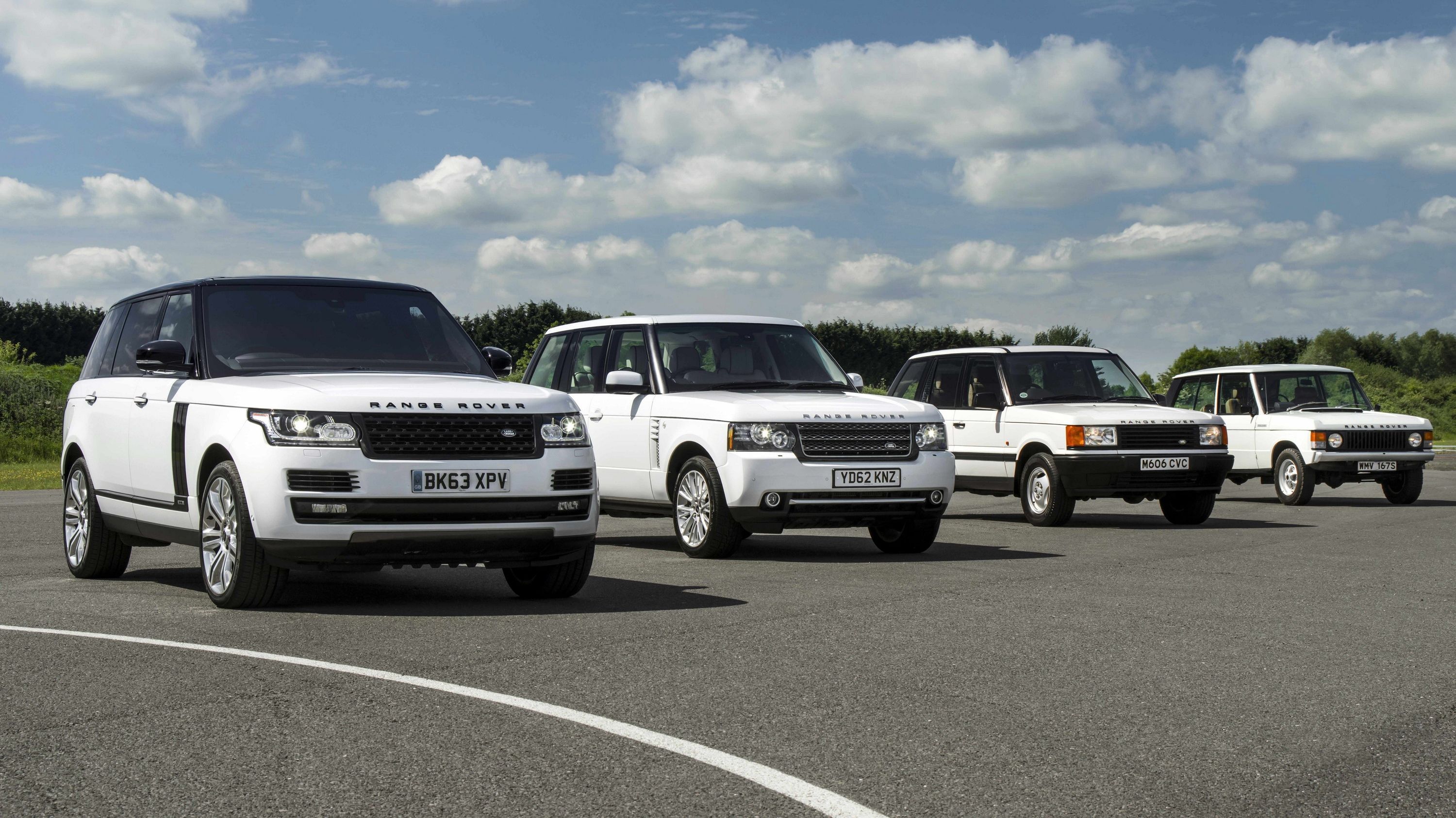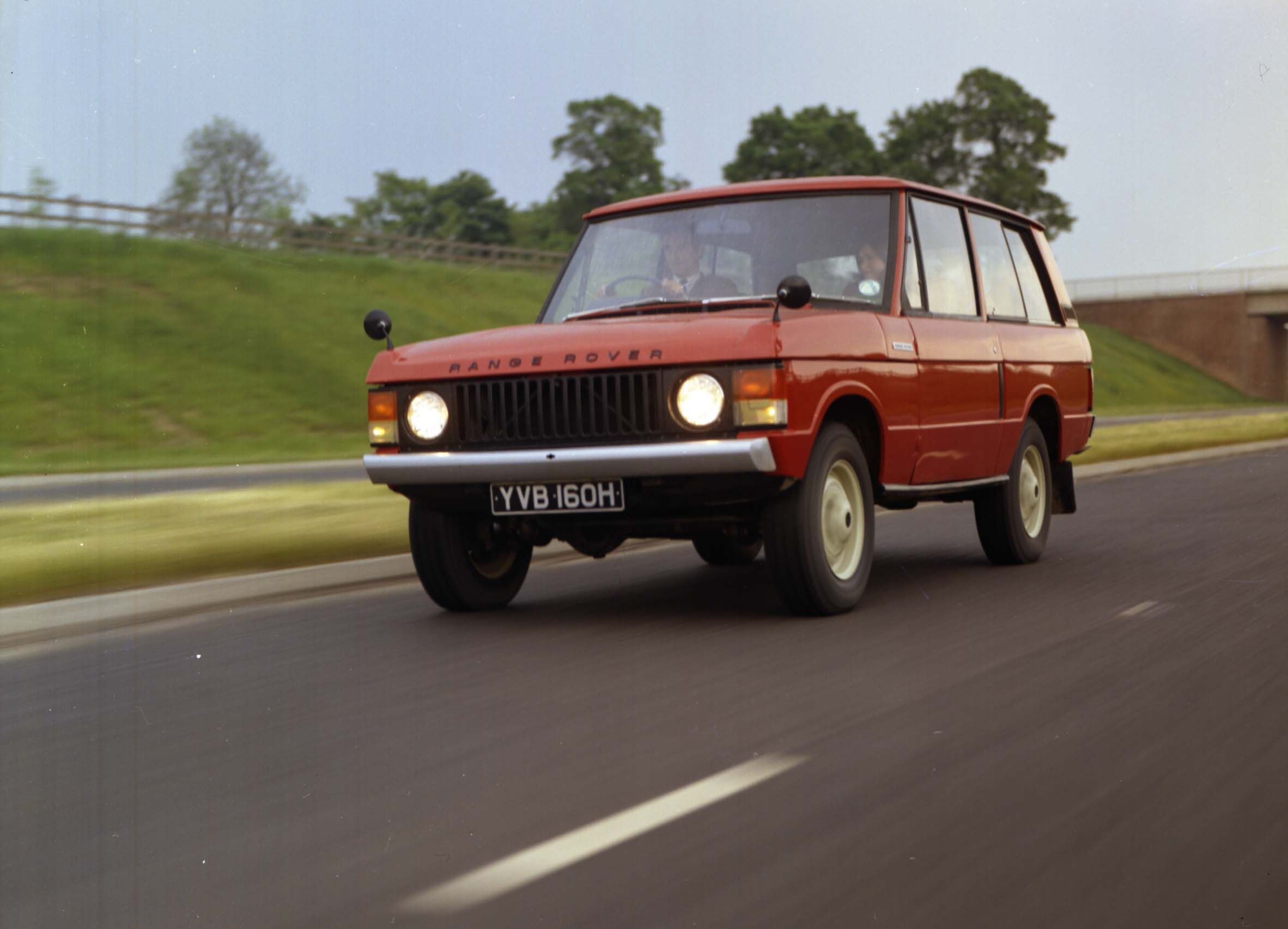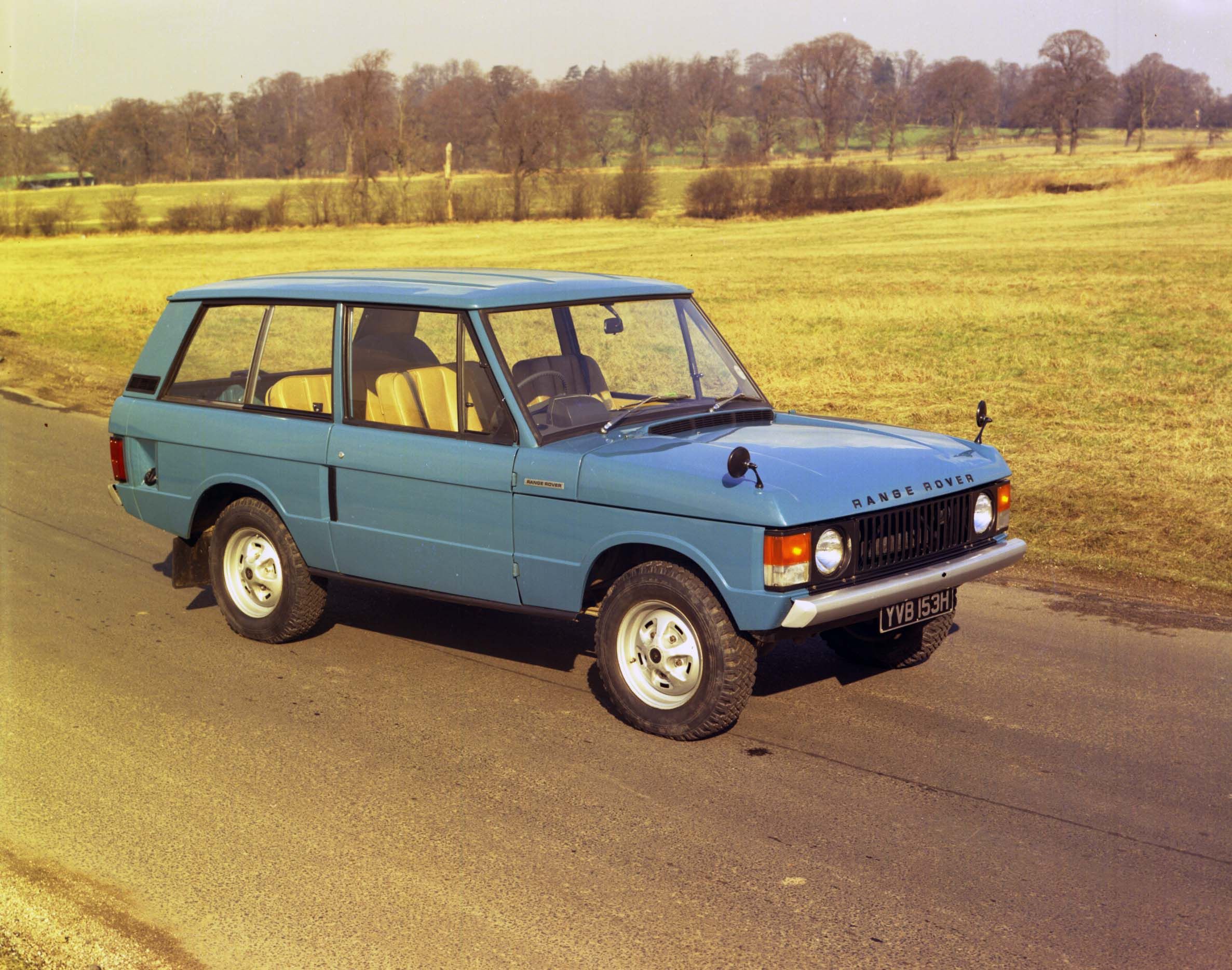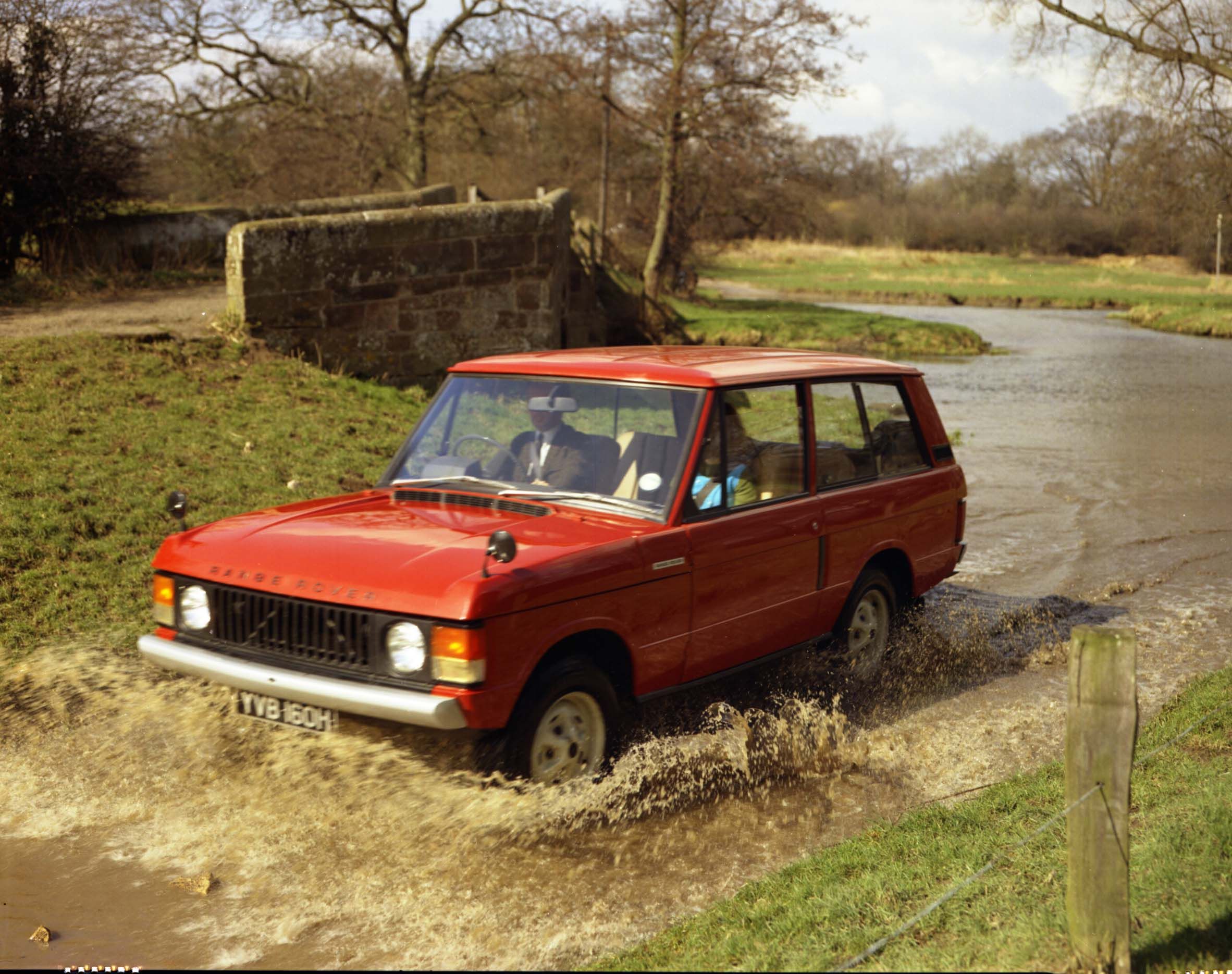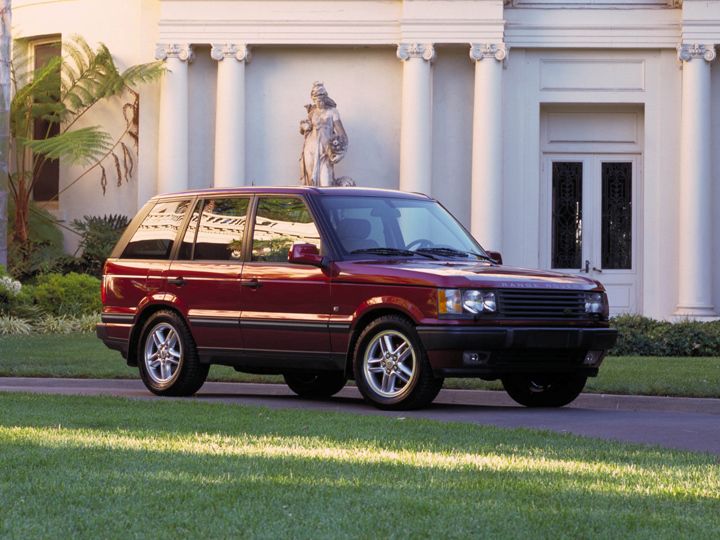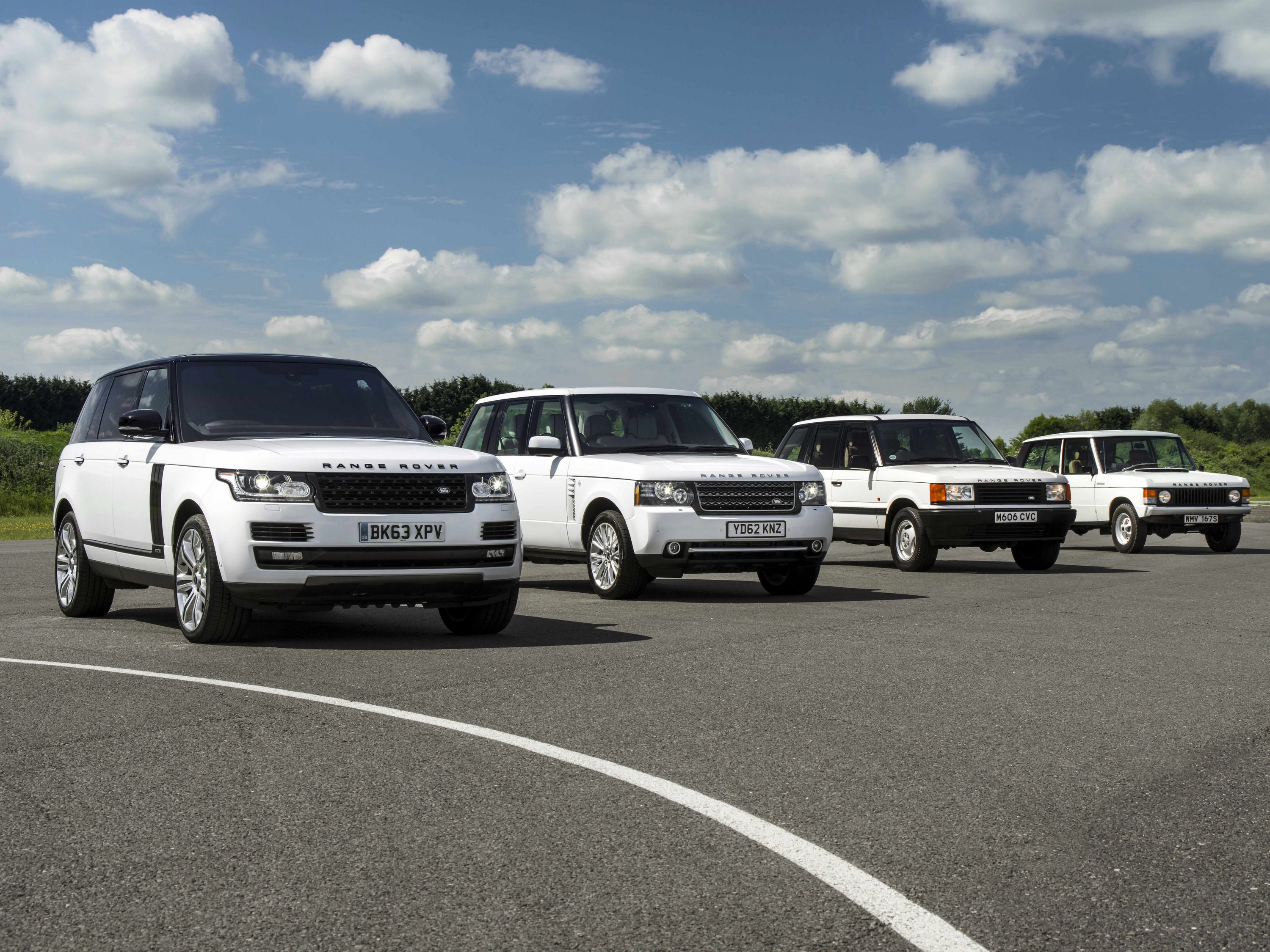Light the candles and pop the bubbly – Land Rover’s->ke46 iconic Range Rover->ke469 moniker turns 45 this week. The Range Rover currently sits atop nearly every other luxury SUV->ke145 and crossover->ke288 in terms of features, amenities, and sheer capabilities – both on an off the beaten path. The same can be said for the original Range Rover when it debuted in 1970.
Back then, SUVs were far more utilitarian in nature, constructed from steel with strong ladder frames, torquey engines, 4WD, and almost nothing to speak of in terms of creature comforts. The Range Rover changed all that. The original Range Rover, now known as the Classic, combined all the rugged, go-anywhere attributed with a plush interior normally found in a premium sedan->ke142 of the day.
“Range Rover was the first luxury SUV in the world in 1970 and 45 years on it continues to lead the way, says Nick Rogers, Jaguar->ke39 Land Rover’s Director of Global Engineering Operations. “The latest model is the most desirable and sophisticated Land Rover ever, mixing peerless comfort with cutting edge technology to provide the ultimate luxury SUV experience.”
Obviously biased but speaking much truth, Rogers is right about the latest Range Rover’s comfort and technology. The current 2014 Range Rover combines some fairly sophisticated technology in order to provide a smooth ride on the highway, sporty experience in the twisties, and a surprisingly capable platform on the trail.
In the last 45 years, Range Rover has managed to maintain its direction and stay true to its original mission. There’s a lot to be said for that. So for history’s sake, let’s take a look at where the Range Rover came from and what interesting details lurk in its four generations.
Continue reading for the full story.
First Generation (1970-1994)
Spanning an impressive 24 years, the “Classic” Range Rover is what but Land Rover on the luxury map. The original design only featured two doors and its now iconic sloping rear hatch. The SUV came powered by an all-aluminum V-8 mated to a manual transmission. During its two-decade tenure, the first generation ‘Range introduced segment-first things like Anti-lock brakes in 1989, and Electronic Traction Control and automatic electronic air suspension, both in 1992.
The four-door variant came along in 1981 and the automatic transmission in 1982. Diesel power became available in 1986. While these innovations were rolling out, titles and trophies came rolling in. The Range Rover was the first vehicle to run the Trans-America expedition, running from South America to Alaska. It also completed the 7,500-mile journey across the Sahara Desert in 100 days in 1974. Various other accomplishments include winning the inaugural Paris-Dakar rally in 1979 and claiming 27 speed records in 1985 with the purpose-built Range Rover “Bullet.”
Second Generation (1994-2001)
The second generation Range Rover carried the original’s DNA and heritage into the 21st century with an updated design that still recalled the looks of the Classic. Codenamed the P38a to pay homage to the building in which it was developed – building 38A at the Solihull factory in the U.K. – the updated SUV carried an even more luxurious interior that furthered its hold on the high-end market.
It’s dominance there was extended even further when Land Rover introduced the Linley special edition in 1999. The special edition was limited to only 10 units and featured an ultra posh interior designed by the famed furniture guru Lord Linley. Selling for £100,000 – or roughly $157,000 when translated to dollars without accounting for inflation – the Linley Range Rover was one of the first luxury vehicles->ke505 to include satellite navigation.
The second generation came with its own set of powerplants as well. The 2.5-liter diesel, along with a 3.9-liter and 4.6-liter versions of the V-8 were offered throughout the years.
Third Generation (2001-2012)
The Range Rover took a bounding leap into luxury with its third generation. Land Rover says its interior was inspired by that of high-end yachts while its seats were crafter after those in first class airlines.
Improvements were continually finding their way into the Range Rover’s cabin, including the industry’s first “virtual” instrument cluster in 2010. The Range Rover’s infotainment system also provided the first dual view screen where the driver could monitor navigation or other parameters while the passenger watched movies on the built-in DVD player.
Big horsepower also came into play during the third generation. Range rover introduced its 4.2-liter supercharged V-8 in 2005, giving the SUV the muscle to keep up with many sports cars.->ke506 On the torqueier side of things, the TDV8 was introduced in 2006 and enjoyed a big following in Europe.
Fourth Generation (2013-present)
Range Rover continued to grow in both popularity and in size. The fourth generation proved that with the addition of the extended wheelbase version which offered limo-like legroom for rear seat passengers. Top-trim Autobiography models featured a rear center console peppered with controls that operated everything from the heated and cooled seats to the power sunshade on the panoramic sunroof.
A new 5.0-liter supercharged V-8 came into play and offered up an impressive 510 horsepower. Like the third generation, the Range Rover came standard with Land Rover’s Terrain Response system and variable-height air suspension. Both features gave the SUV outstanding off-road abilities.
Now as Range Rover celebrates its 45th anniversary, the brand is producing more powerful, more luxurious, and more capable machines than ever. Thanks to JLR’s Special Vehicle Operations, customers can order a Range Rover with nearly any paint option, interior upgrade, and personalized touches they care to pay for.
Nevertheless, the Range Rover still holds true to its original intent and design cues that made the vehicle so popular four decades ago.

